A decade-long trend in photography is to post-process an image to the point where it no longer resembles reality. It’s hardly surprising that AI image generators creating ‘photo realistic’ renderings are easily deceiving us.
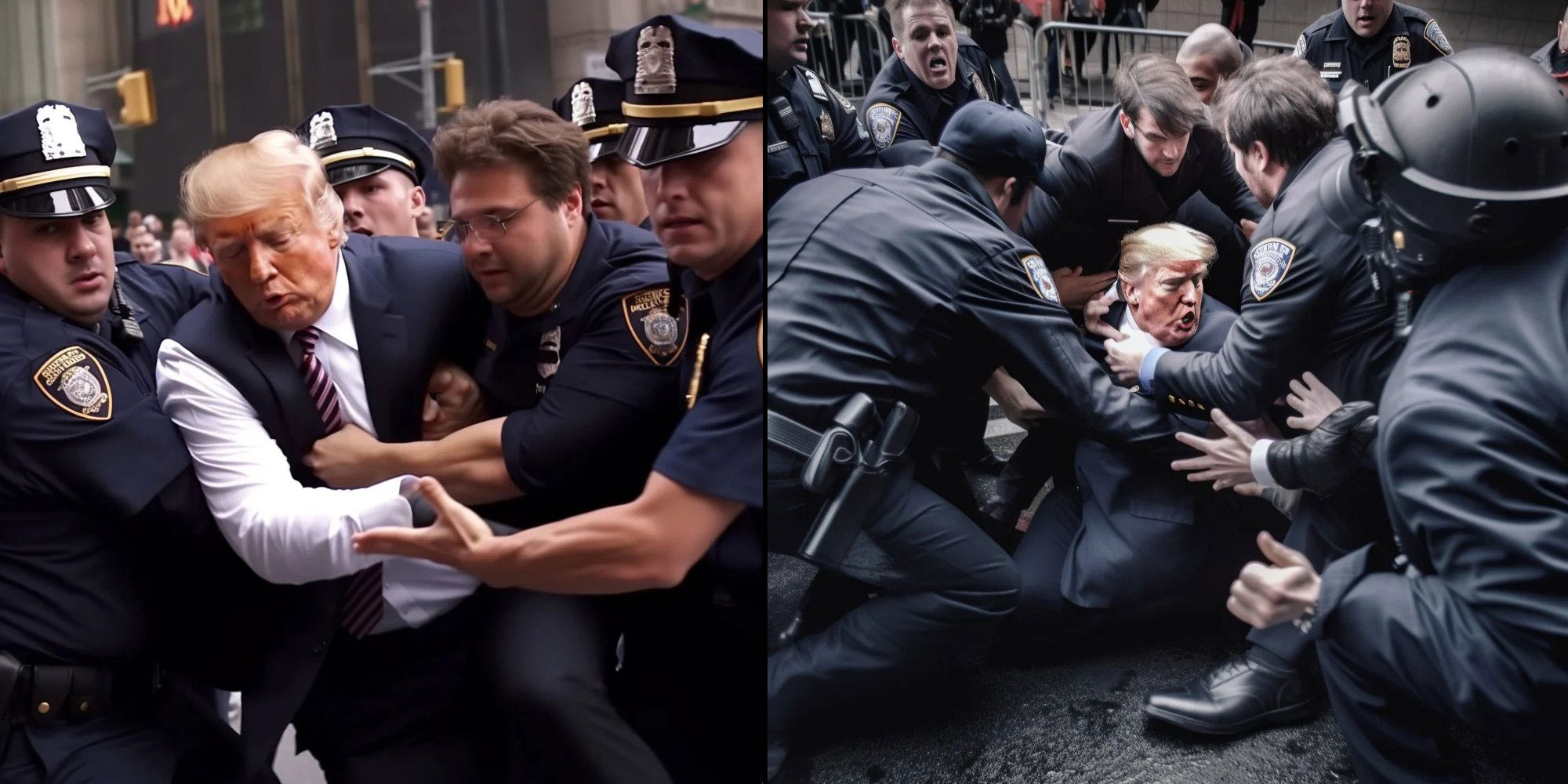
There have been several recent high-profile incidents where AI image generators mimicking photography manage to trick the public, prompting pundits to share their collective fears about how the dystopian AI is encroaching on photography. If these ‘experts’ are to be believed, it’s only going to worsen as the AI becomes more advanced.
Petapixel, a famished news beast that pounces on any morsel involving AI and photography, ensures its readers receive daily updates on this grand new topic. Some articles are interesting and insightful, others are just unnourishing filler.
Recent reports cover topics like Levi’s using AI to generate custom avatars and ‘increase diversity’; viral AI-generated images of Donald Trump being arrested; a fake AI image of a blinged-out Pope Francis wearing a fresh white puffer jacket; and how online romance scammers are generating AI portraits/deep fake footage to dupe vulnerable lonely middle-aged women, and so on.
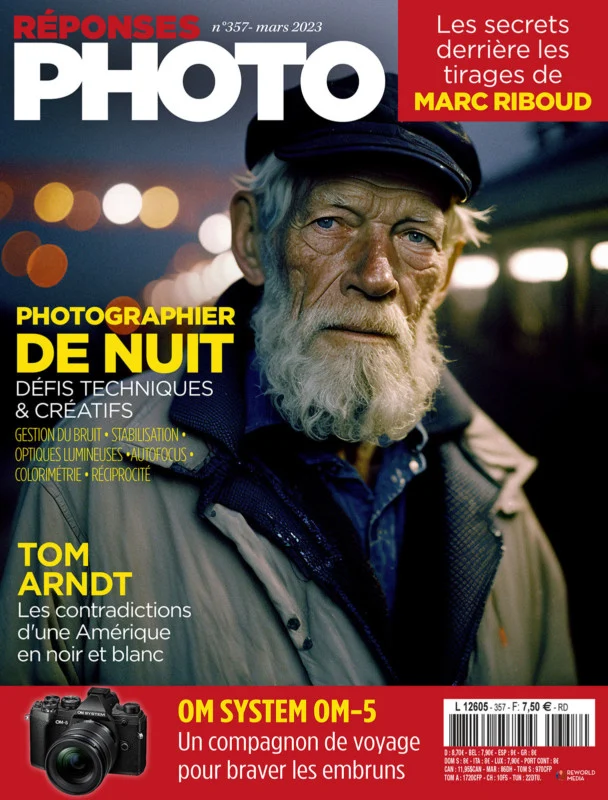
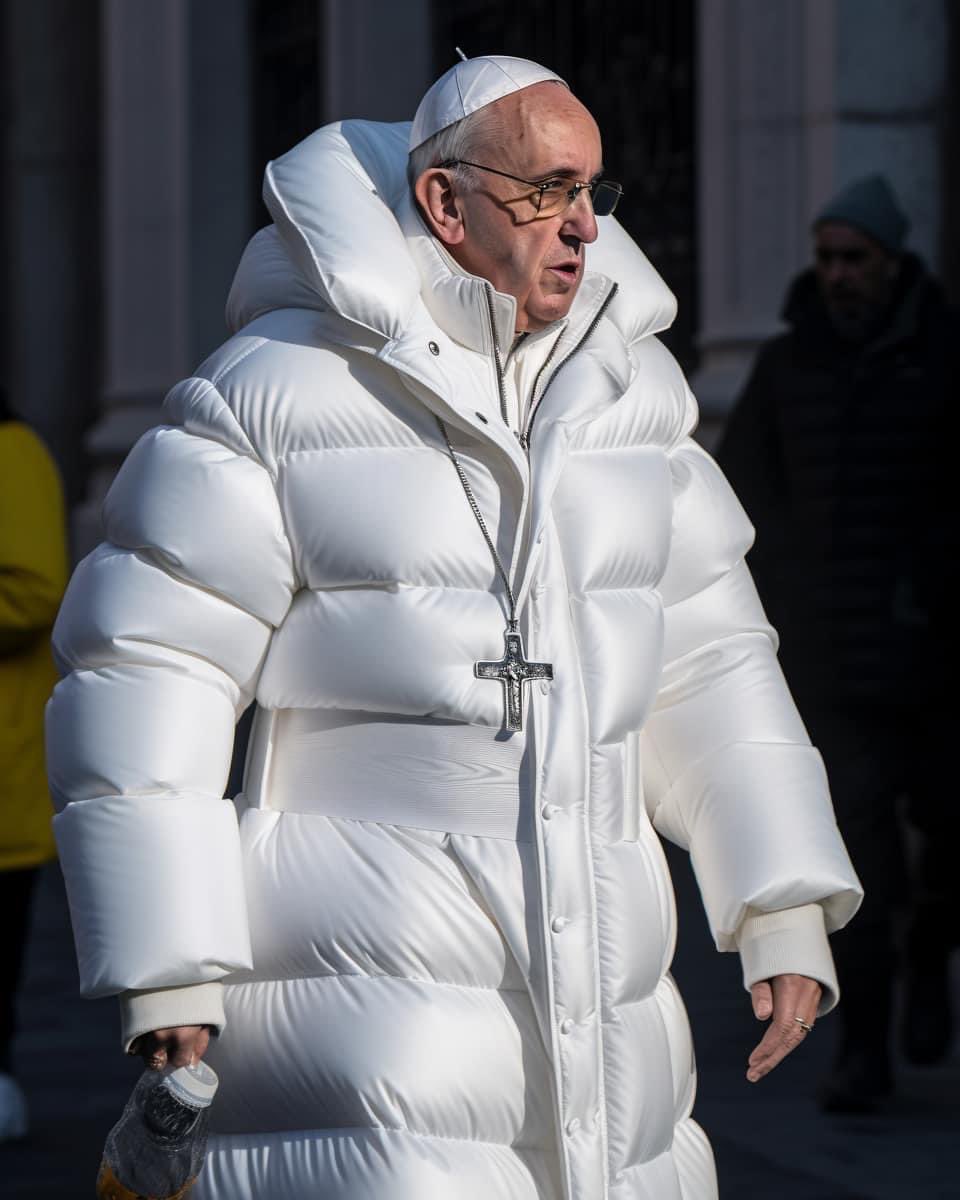
This follows on from a Sydney AI art studio winning a DigiDirect weekly photo contest for a very obviously fake image; French photo magazine, Réponses Photo, published a photo realistic AI image on its front cover; and the plethora of articles about ‘Shockingly Realistic Portraits’ created by AI.
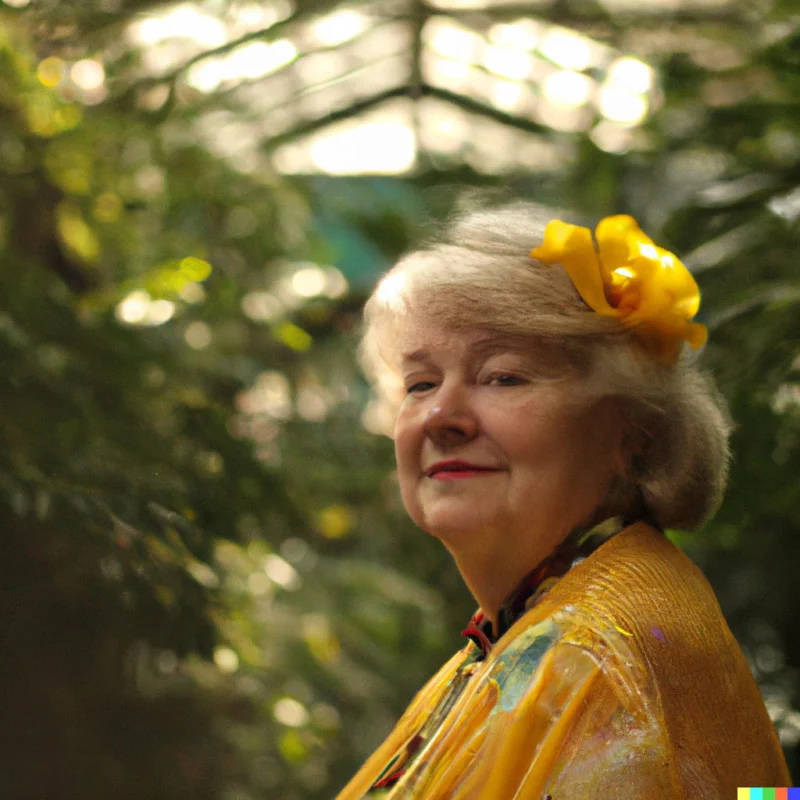
The AI renderings are impressive, and at a quick glance appear genuine, but upon closer inspection they simply don’t look real. Components aren’t right – whether they’re minor mistakes or too perfect – creating an otherworldly scene that doesn’t represent reality. Sometimes they are big mistakes, like an extra couple of fingers or a botched eyelid. But then there are subtle errors such as soft textures, perfectly blended skin tones, strange layering or weird shadows. Minor errors that the human eye quickly assesses as being inconsistent. While it may only be a matter of time before AI fixes these errors, it’s also possibly a much more complicated problem to overcome.
The above images have prompted photo media to express concern about AI trickery and how it threatens photography. But are you sold by it?
The AI generators are adept at creating a photo realistic rendering of a surreal scene. A better term for this is a ‘photo illustration’. And perhaps the AI graphics generators are creating so much confusion partly because photo illustrations are accepted as being tied to reality, as it all starts with pressing a shutter button.
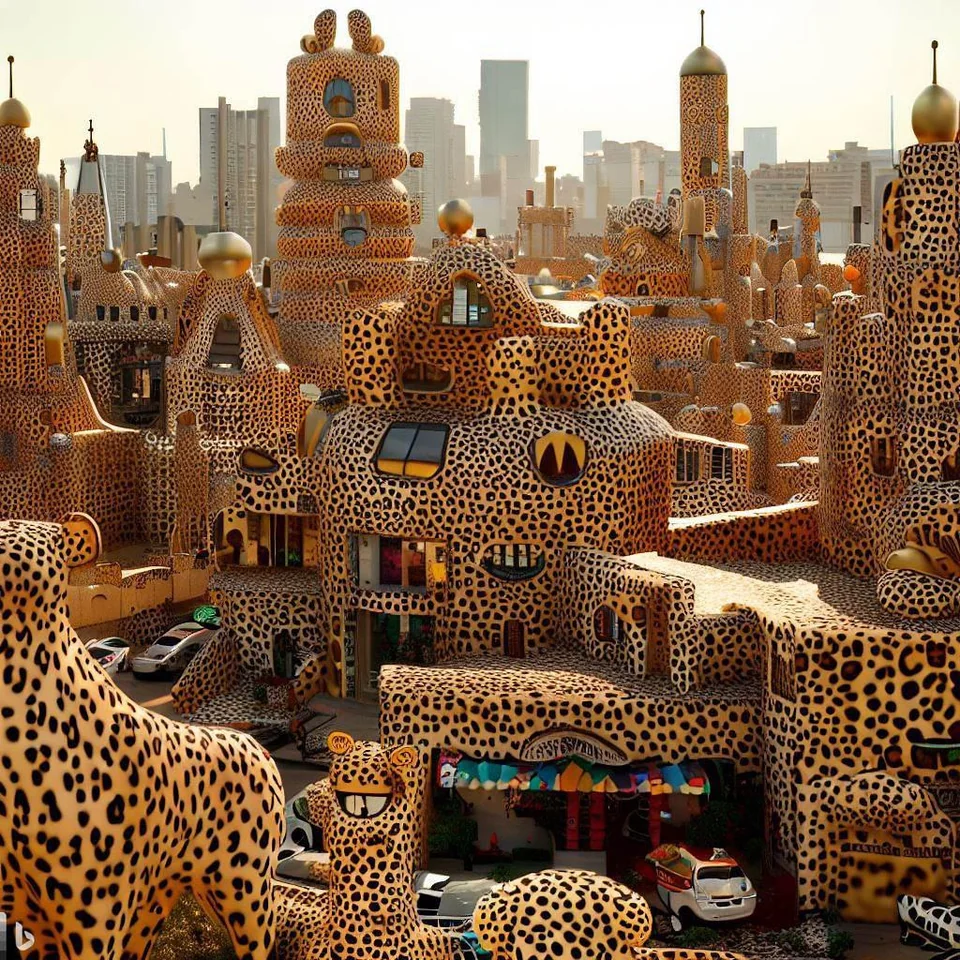
There is a tendency to go hyper when predicting how AI image generators will impact photography. The technology is powerful yet so new, leading to a widely-held belief that in a few years time it will completely destroy photography.
But perhaps other unforeseen outcomes are on the horizon, such as photographers adopting styles that the AI struggles to mimic. For the time being this appears to be a purist ‘straight’ photo.
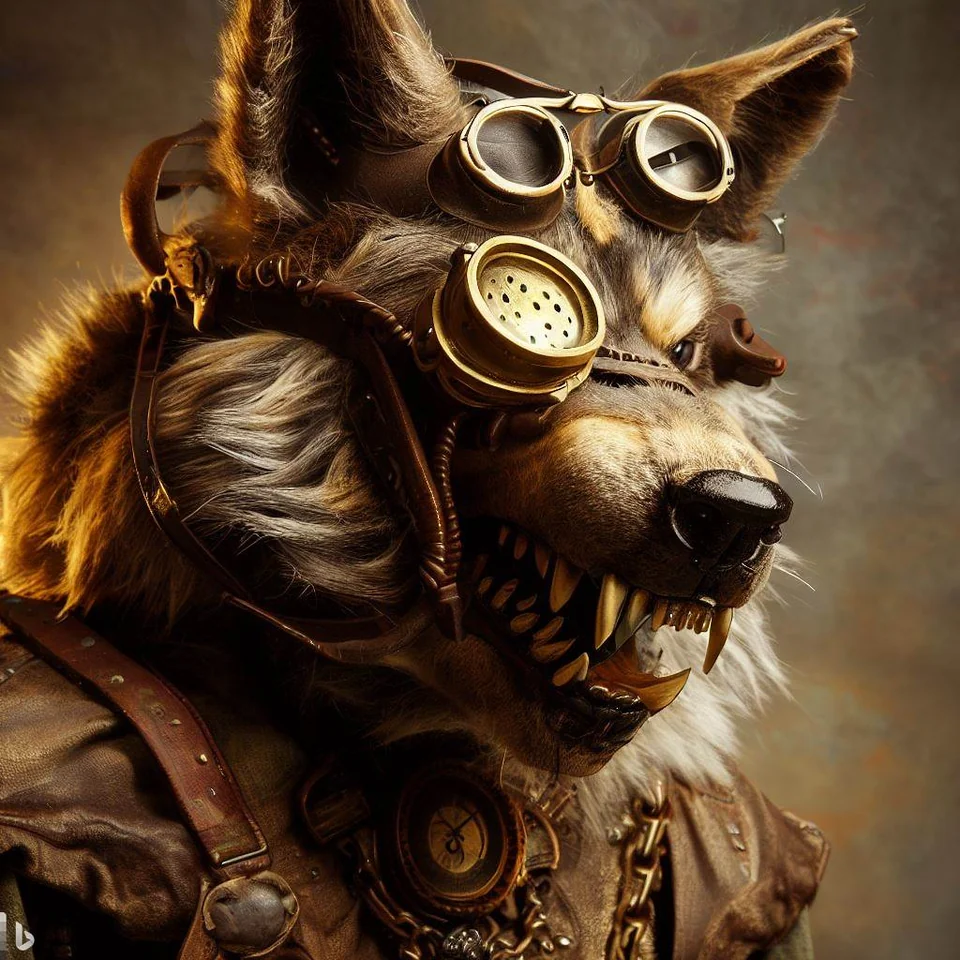
When clip art becomes photography
Many hours a week are spent at Inside Imaging HQ viewing photography of all kinds. We see it being showcased in online galleries, physical exhibitions, on Instagram and social media, in photo contests, articles, and so on.
Photography contests is one of the more interesting avenues, as it showcases work as selected by expert judges, who presumably have an authority on what constitutes award-winning photography.
For at least a decade there has been a general preference for some judges to reward hyper-perfect photography that pushes the boundaries of reality. Sometimes they are fantastical photo illustrations, where the author has created a fairytale-like scene by meticulously combining elements, and they look more like a CGI-style graphic artwork than a photo. Other times there may just be heavy editing that pushes boundaries, such as a too-perfect HDR landscape where ‘distracting’ elements are cloned out or covered with fake fog, while focal areas appear lit by god himself and pop with colour.
This photo illustrative style recently scored big at the 2023 World Photographic Cup (WPC). Although this style is also a mainstay at many prestigious contests, such as the defunct Australian Institute of Professional Photography’s APPA, the International Landscape Photographer of the Year Awards, WPPI contests, International Photography Awards, and many others.
The images are undeniably captivating. And by earning top awards they reshape what we perceive to be considered photographic. There is nothing wrong with this – pushing boundaries is essential in art – but the outcome is it’s less clear what is and is not photography.
Even the most trained eyes in photography cannot be certain about what exactly they’re looking at. In 2018 Melbourne photographer, Lisa Saad, proved how blurred the lines are after she was caught passing off cartoon clip art elements as photographic in her widely-celebrated Anonymous Man series.
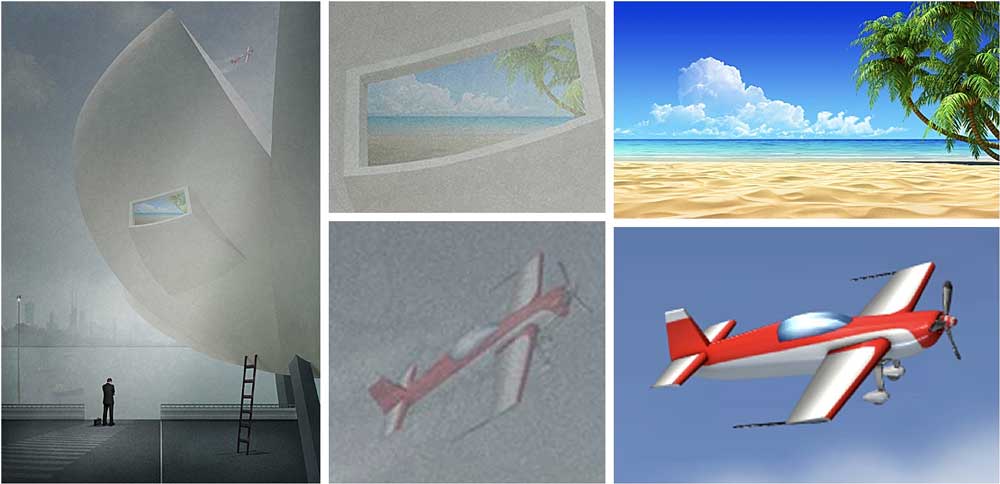
Up until that point Saad claimed all the components were photographic – captured in-camera – and re-arranged to create photo art. Over several years of high-profile award wins, surprisingly not a single prestigious photo contest asked Saad for evidence proving her fantastic photo illustrations were genuine. Despite it hiding in plain sight, no contest judge asked questions about the darned cartoon airplane.
The Pandora’s box of clip art finally opened after an anonymous tipster alerted photo media to Saad plagiarising the entire work of another photographer.
The Lisa Saad controversy shows how photography now intersects with graphic art. And the most esteemed experts either can’t spot the difference, or don’t care. So it’s no surprise that AI photo realistic renderings, with their multitude of hyper perfections and minor errors, are easily deceiving us. Maybe we just need to pay a little more attention.
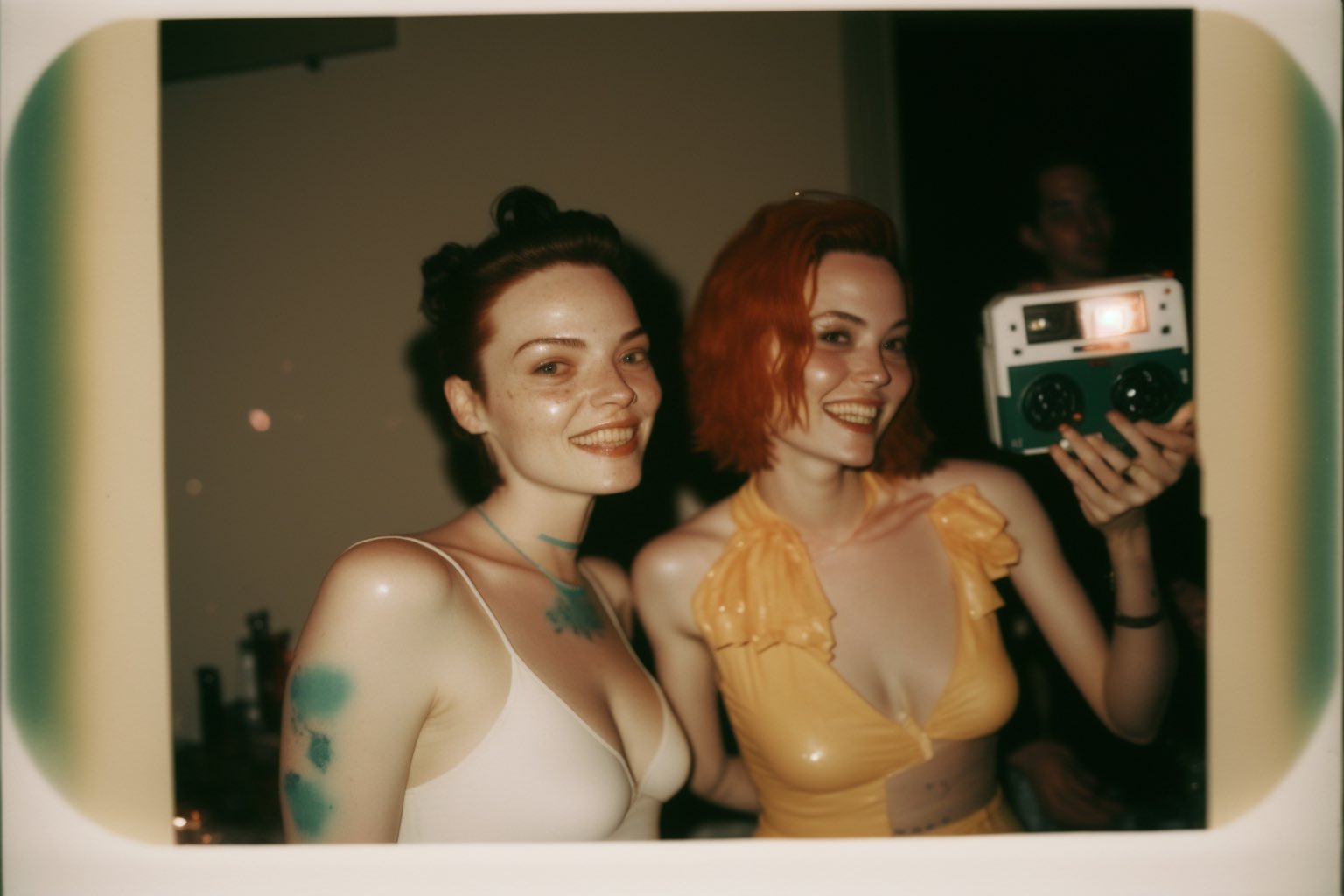





I don’t know if AI can insert EXIF data into an image, I suppose it can…. It’s pretty scary! Gonna be hard to police in a very short time from now!